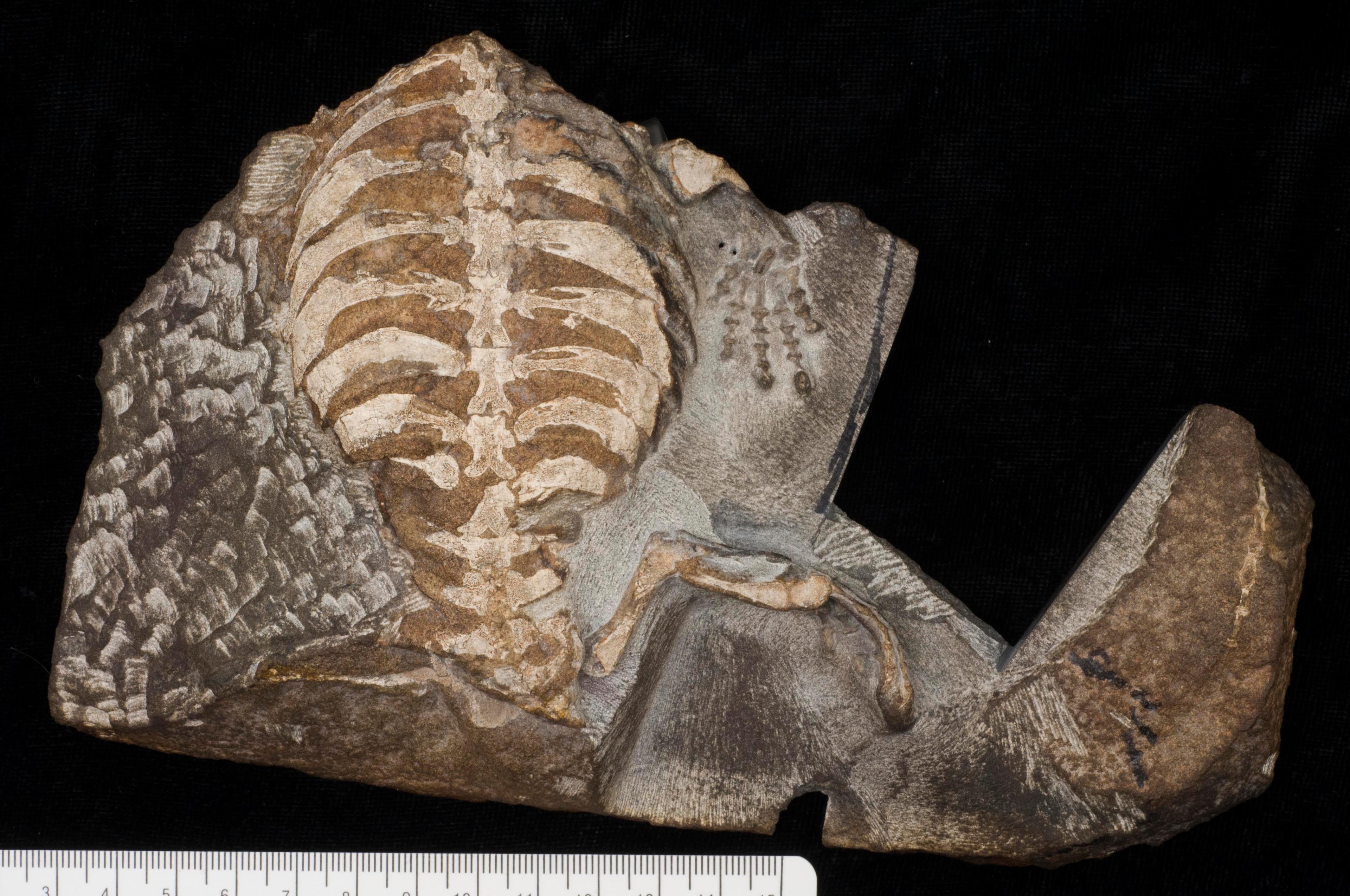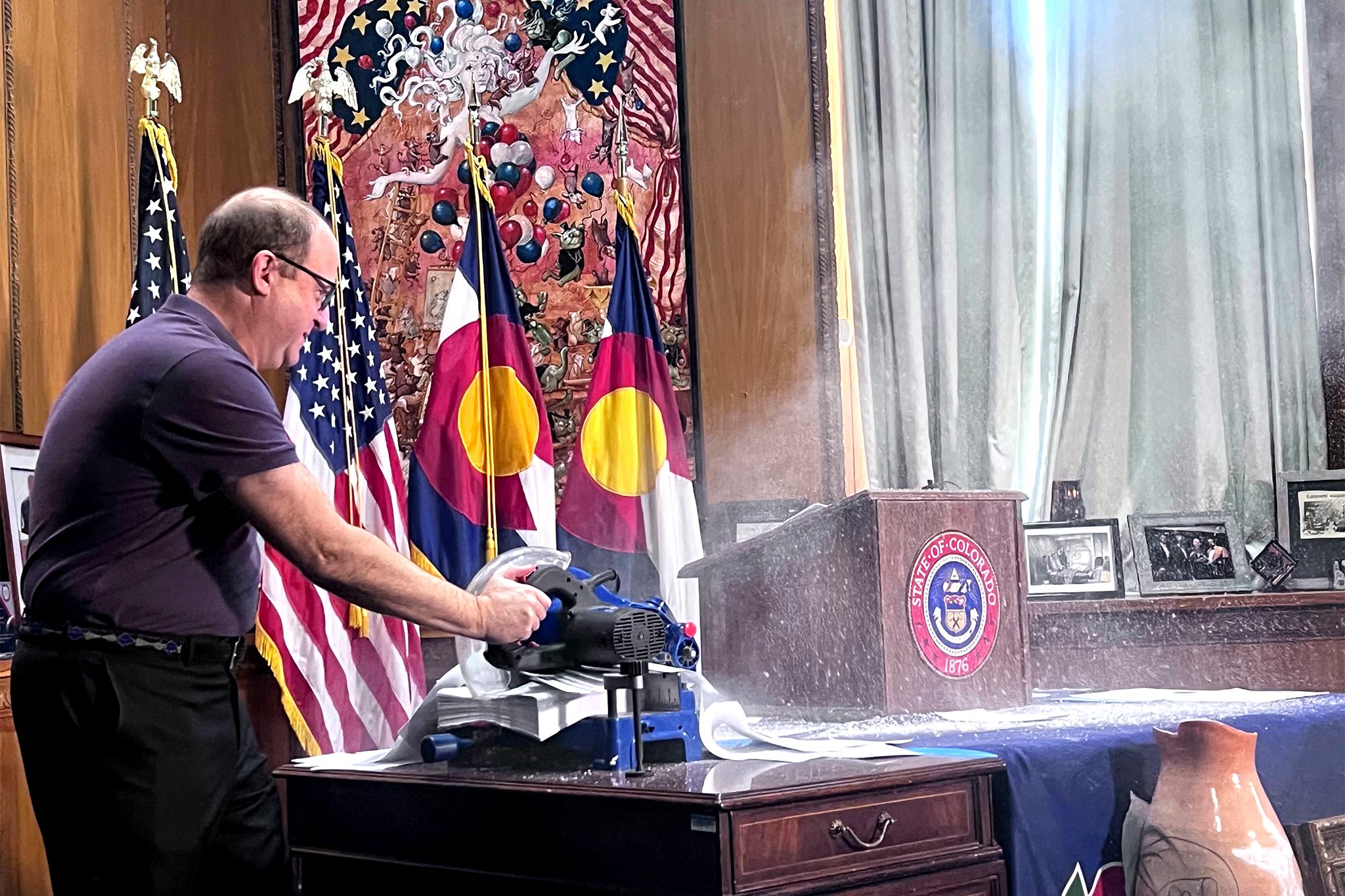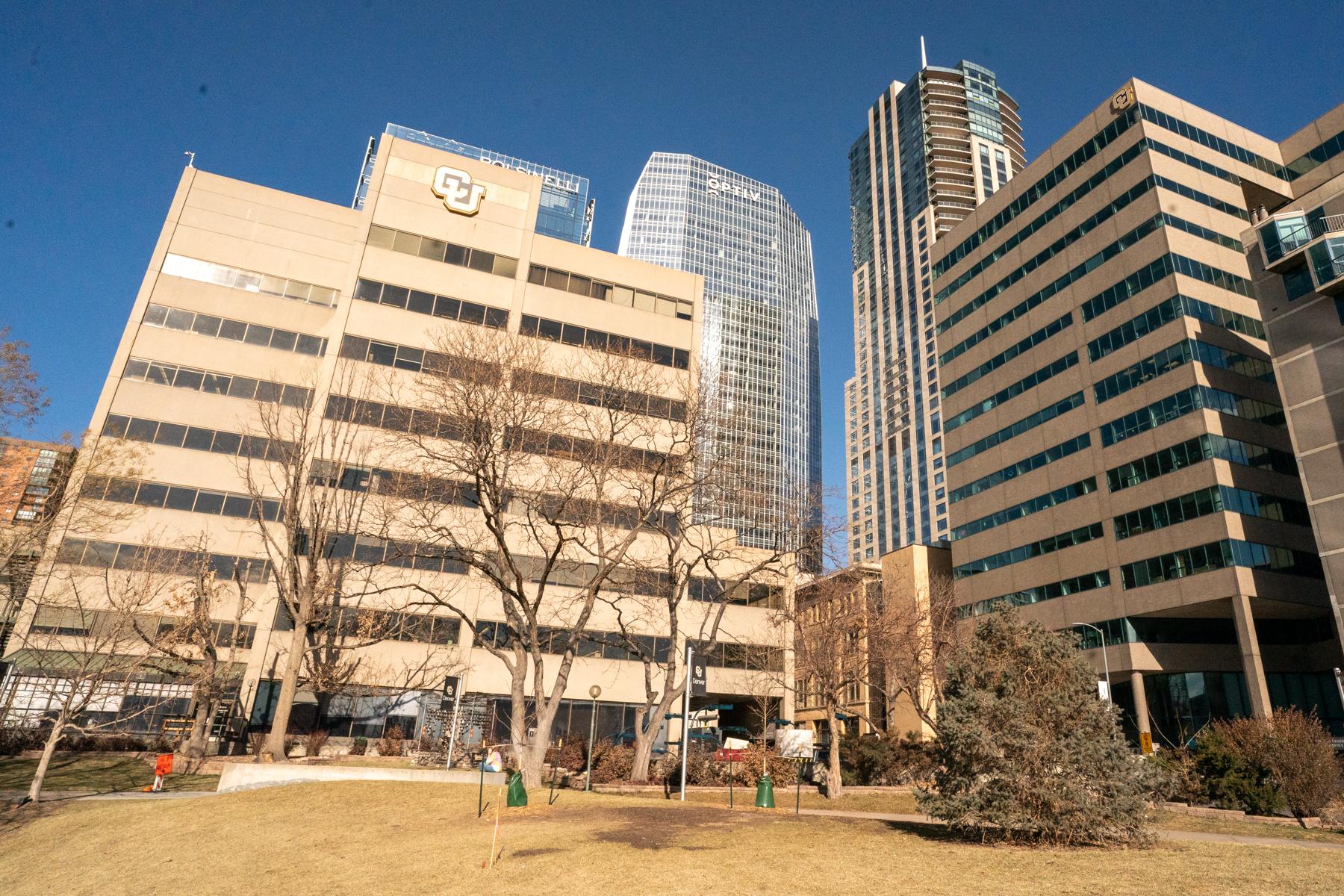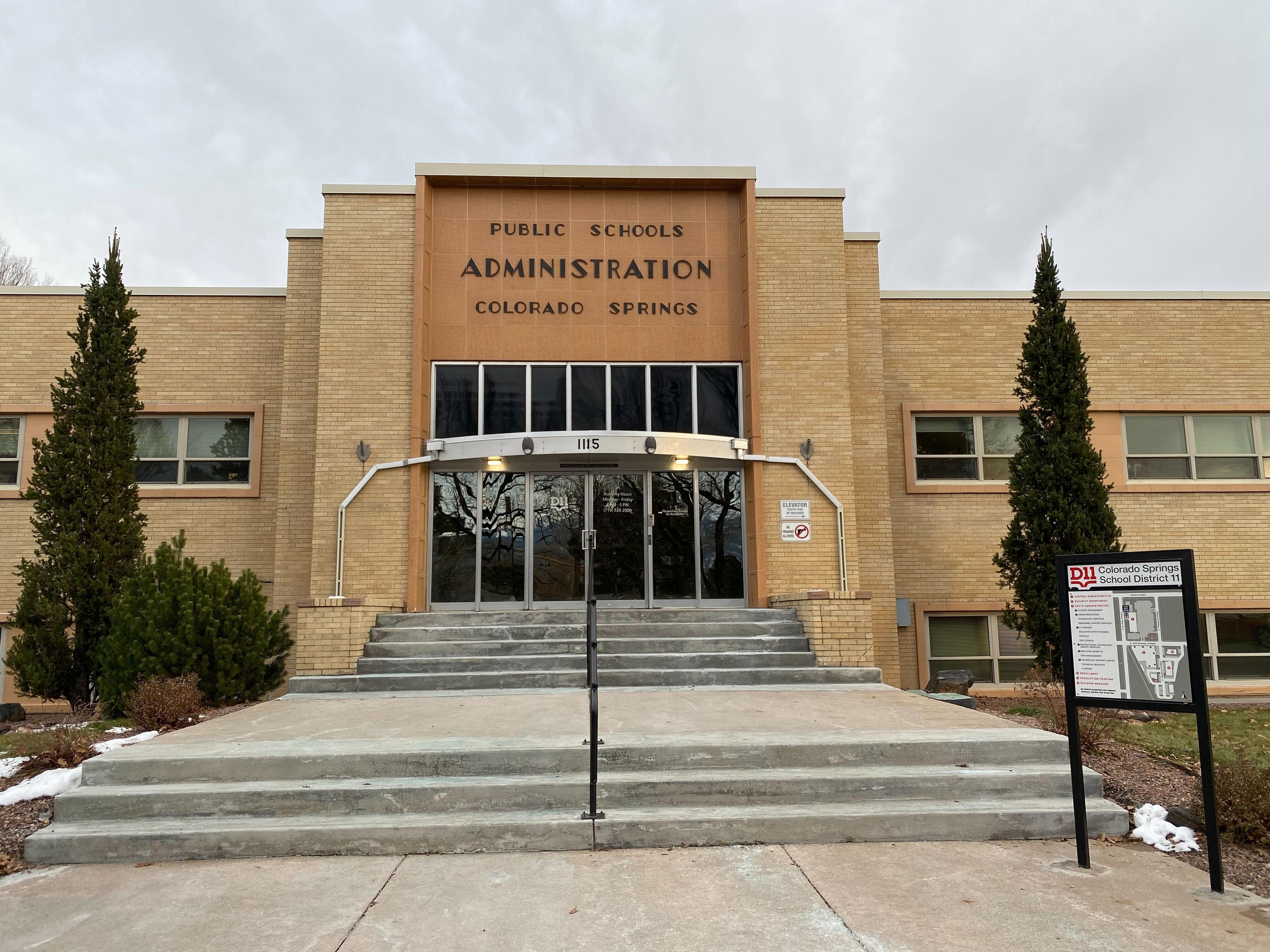
Shells provide good protection for turtles, but that may not be why those shells originally formed. Denver paleontologist Tyler Lyson says the shells evolved because the turtles' ancestors, ancient lizards, started digging holes.
Lyson, of the Denver Museum of Nature and Science, studied fossils from South Africa and determined that the digging movements caused these ancient creatures' rib cages to broaden, thicken and eventually move to fuse with the spine, forming a shell. He says that the shells helped turtles survived the extinction of dinosaurs.
Lyson is currently leading a project called the Valley of the Last Dinosaurs that is delving deeper into the story of the extinction of the dinosaurs and how life on Earth recovered following the extinction.
On how and why the shell formed:
"The shell of the turtle formed unlike that of any other shelled animals. It actually uses its ribs and its spinal bones to form the shell. So I argue that, the earliest deviation from sort of the lizard-like body plan from which turtles evolved, was this broadening of the ribs. And this broadening of the ribs was an adaptation for digging."
On how modern animals helped support his theory:
"So anteaters, they're not digging into the ground but they're always digging and tearing into termite mounds to feed. And so they have a very specific way of digging, and that's what these really broad strokes of the forelimb; these whipping like motions to get into the termite mounds. And what that does is that creates a lot of torquing in your trunk region, the region in between your shoulder, girdle and your pelvic girdle. And one way to counteract that torquing is by broadening the ribs."
On how a fossil further confirmed his theory:
"We brought this fossil back to the lab in Johannesburg with my colleges, and we spent the last year cleaning that fossil up. And it preserved a beautiful hand of one of these animals. Now digging animals, if you're digging with your forelimbs you need a big hand, essentially a big scoop to remove the dirt. And then digging animals generally have really big claws, because you need a way to break up the dirt. And Eunotosaurus, this early pro-turtle, had both of of those things."








